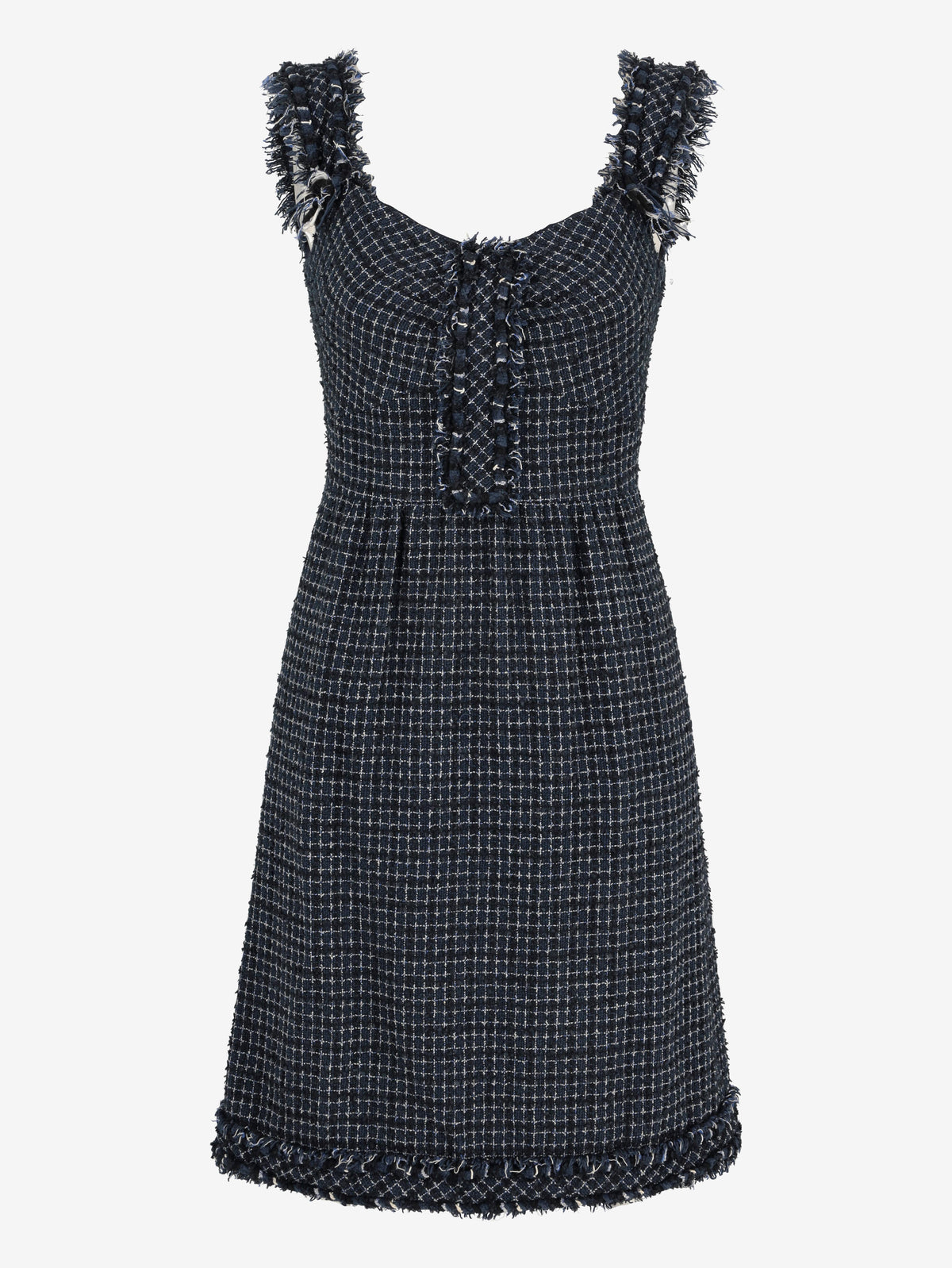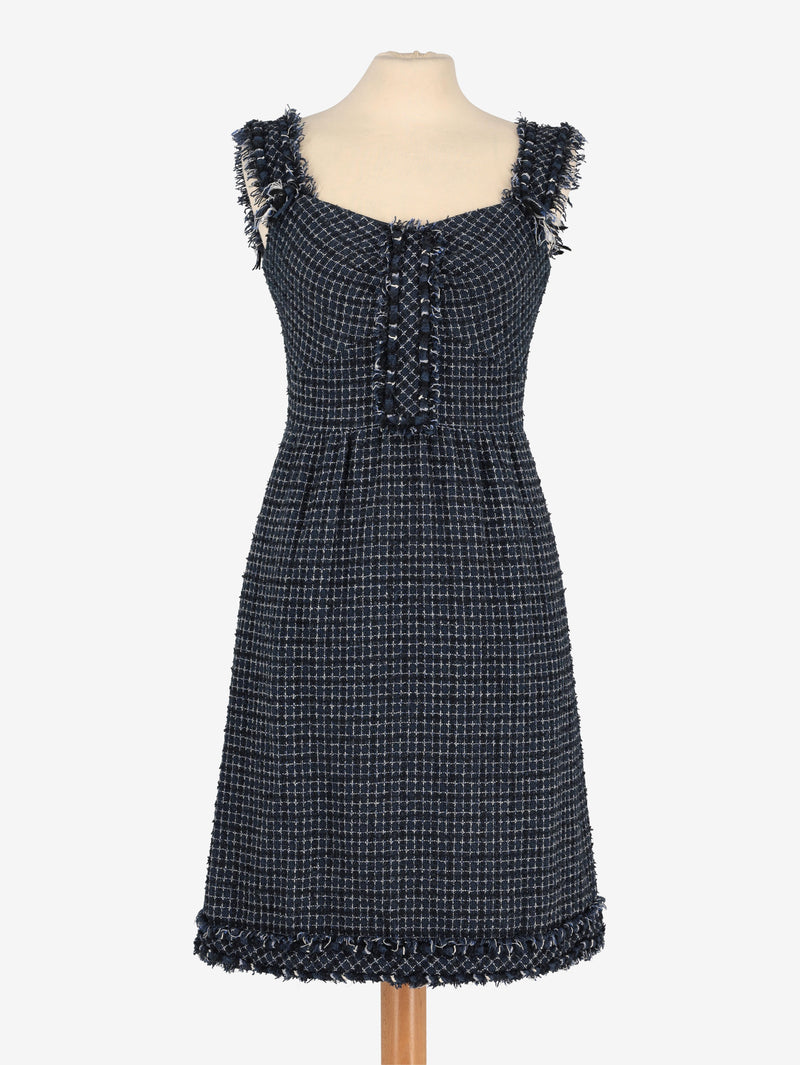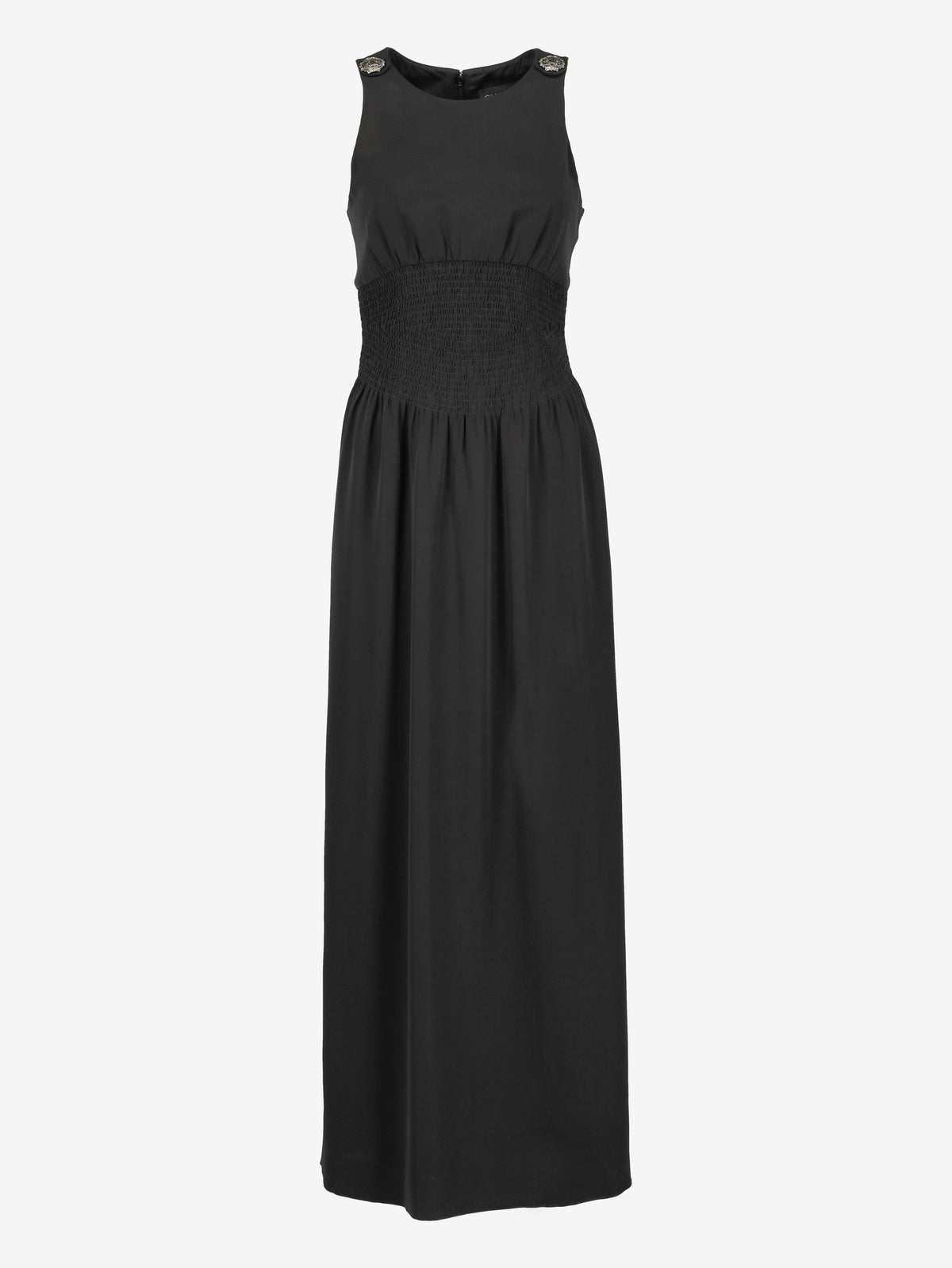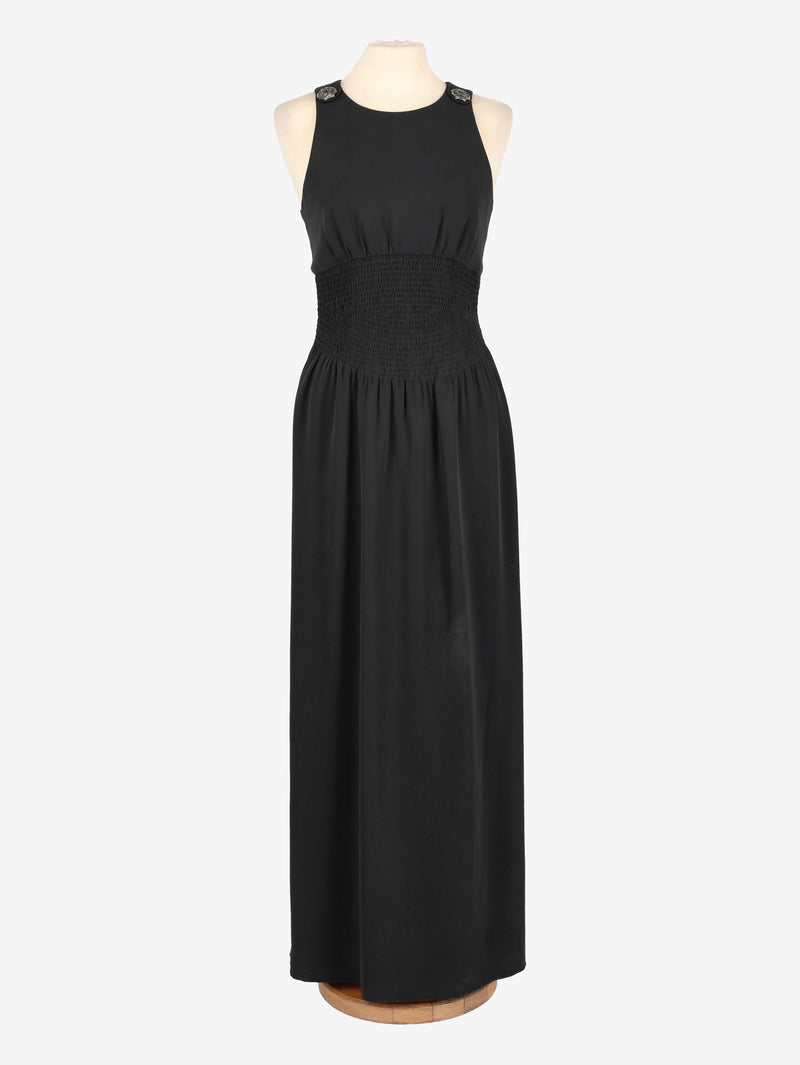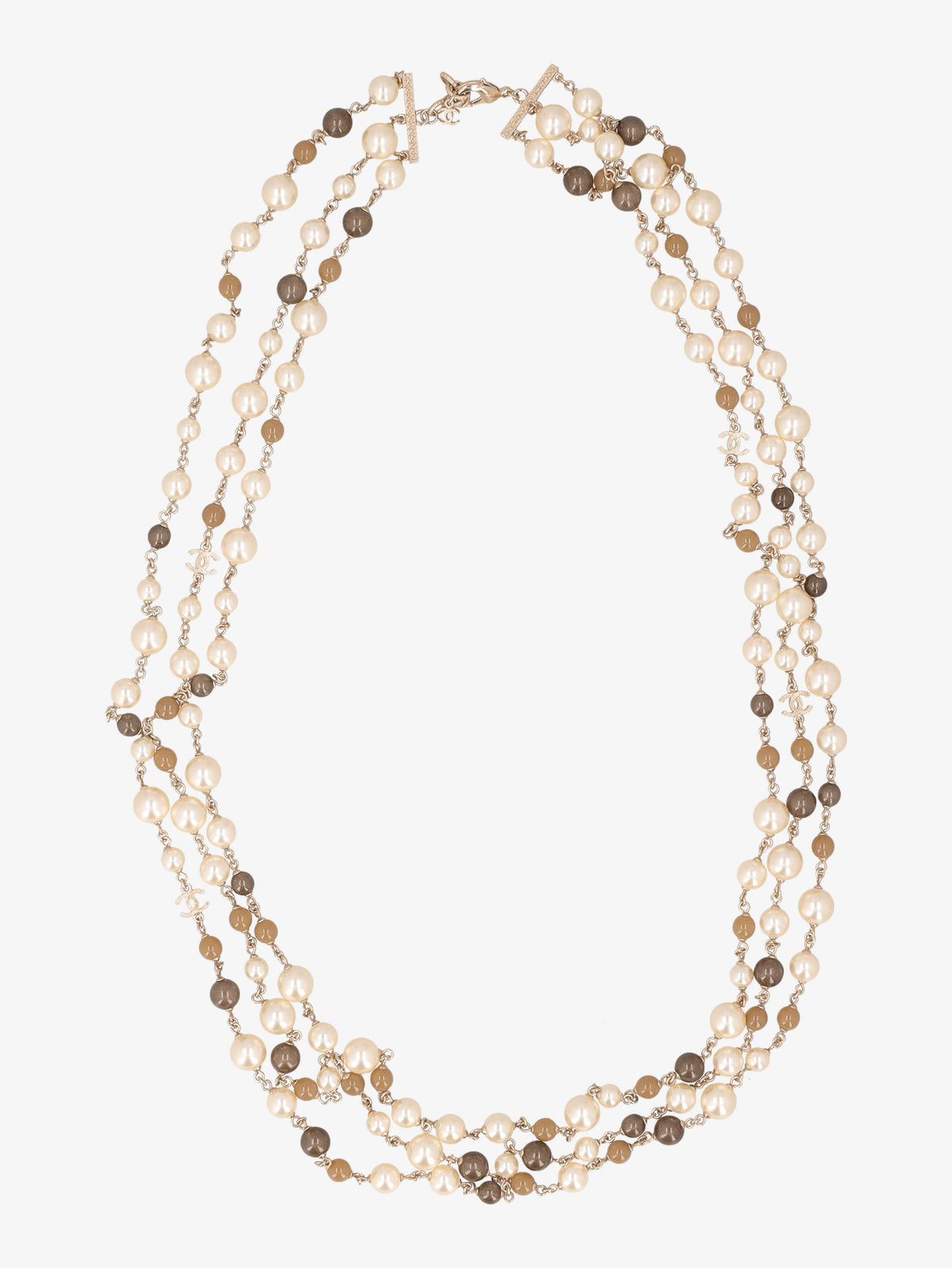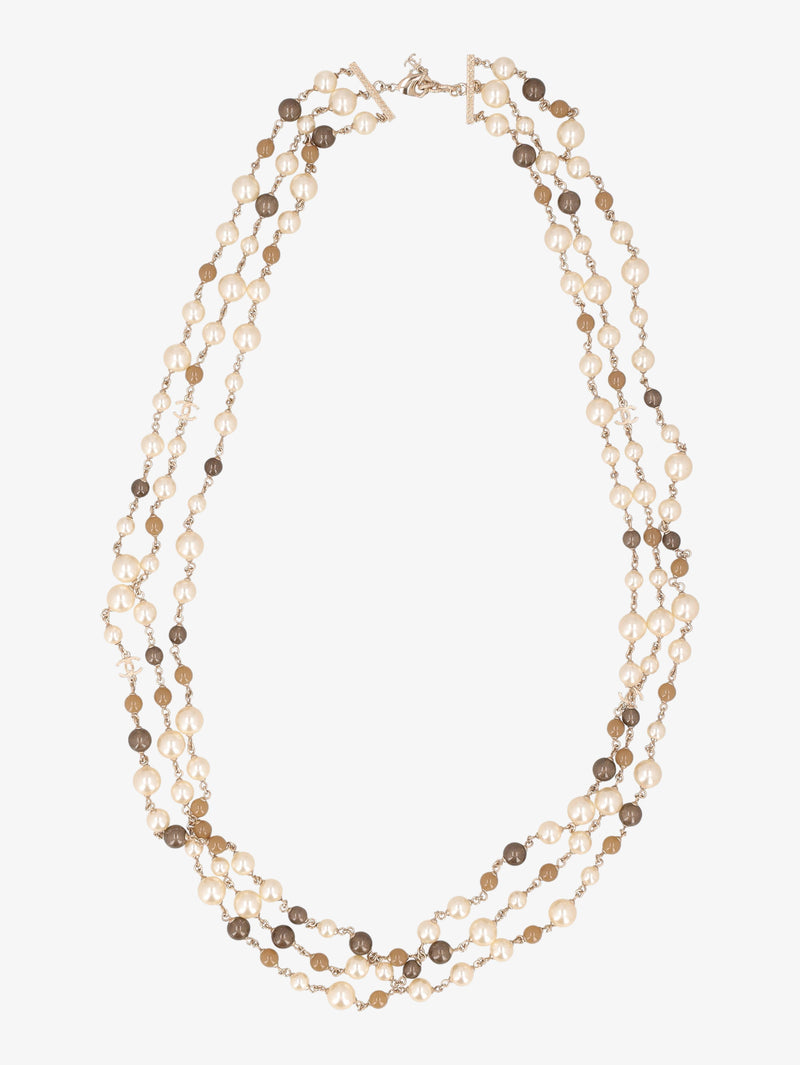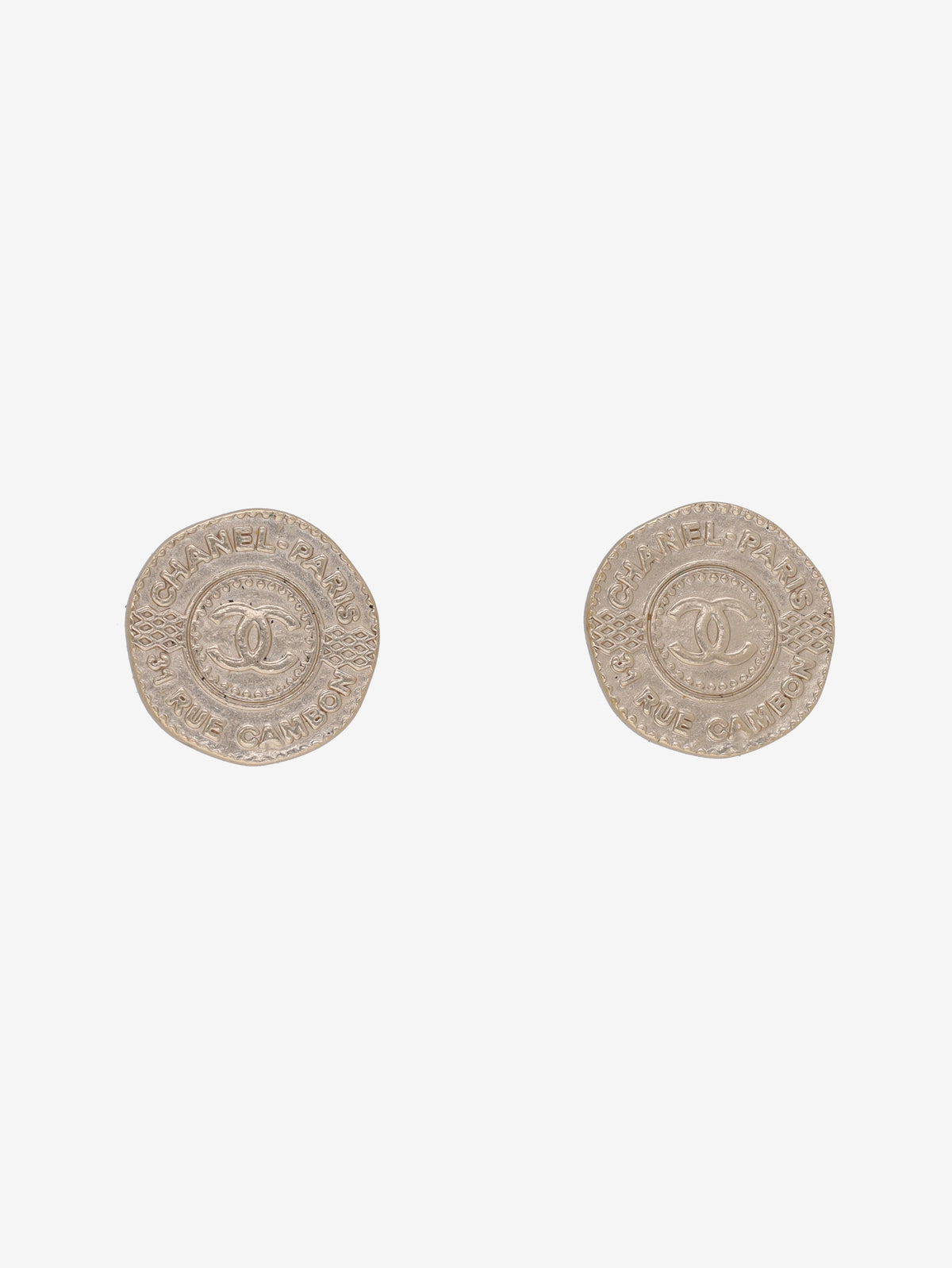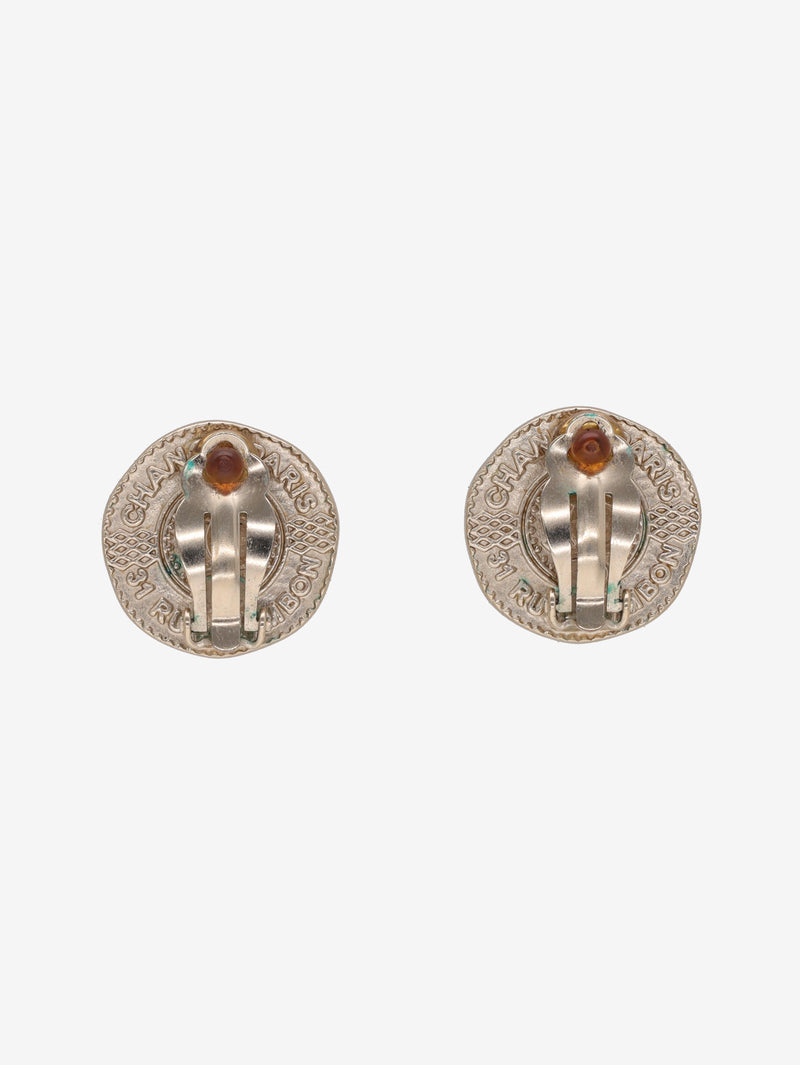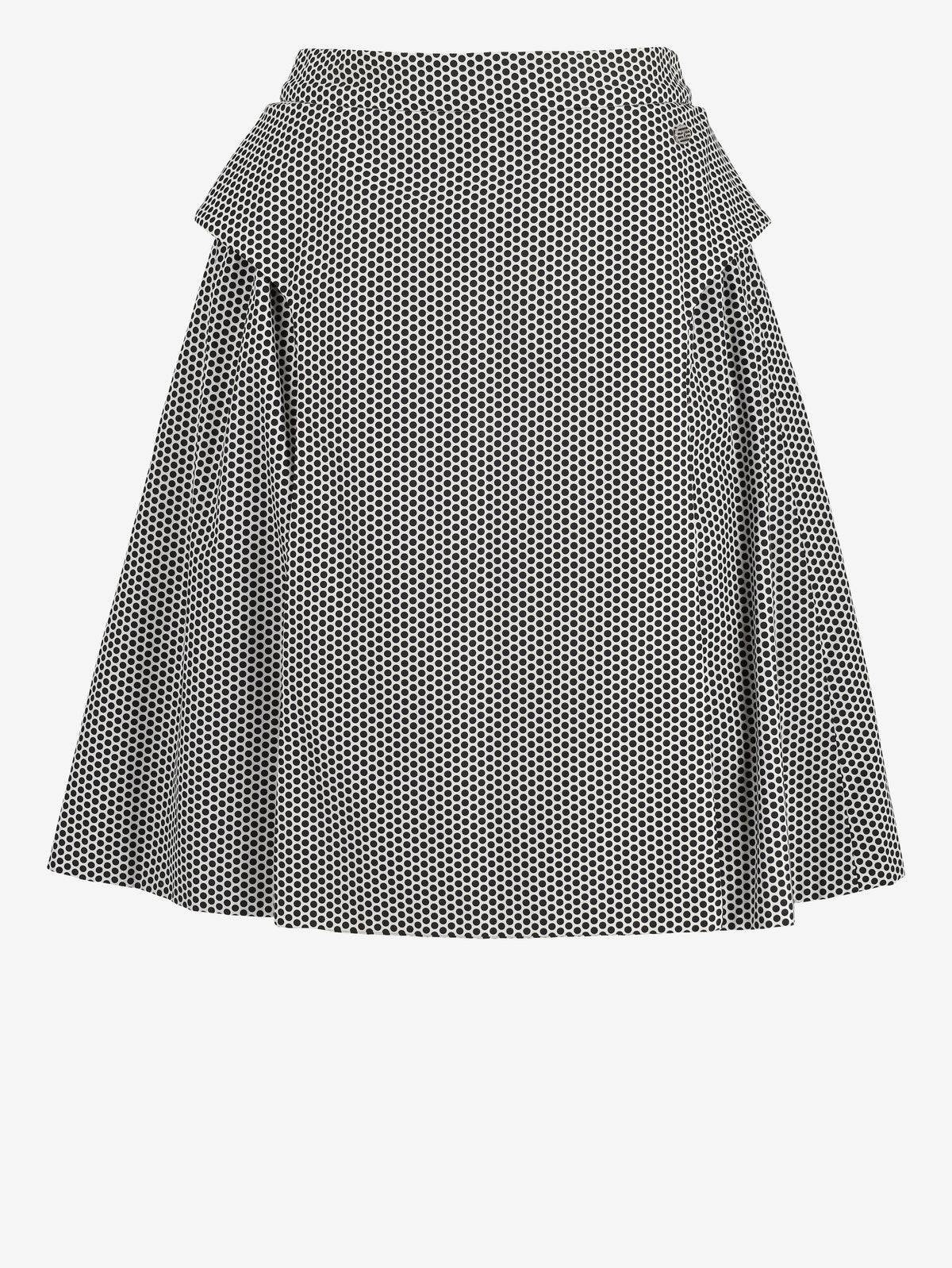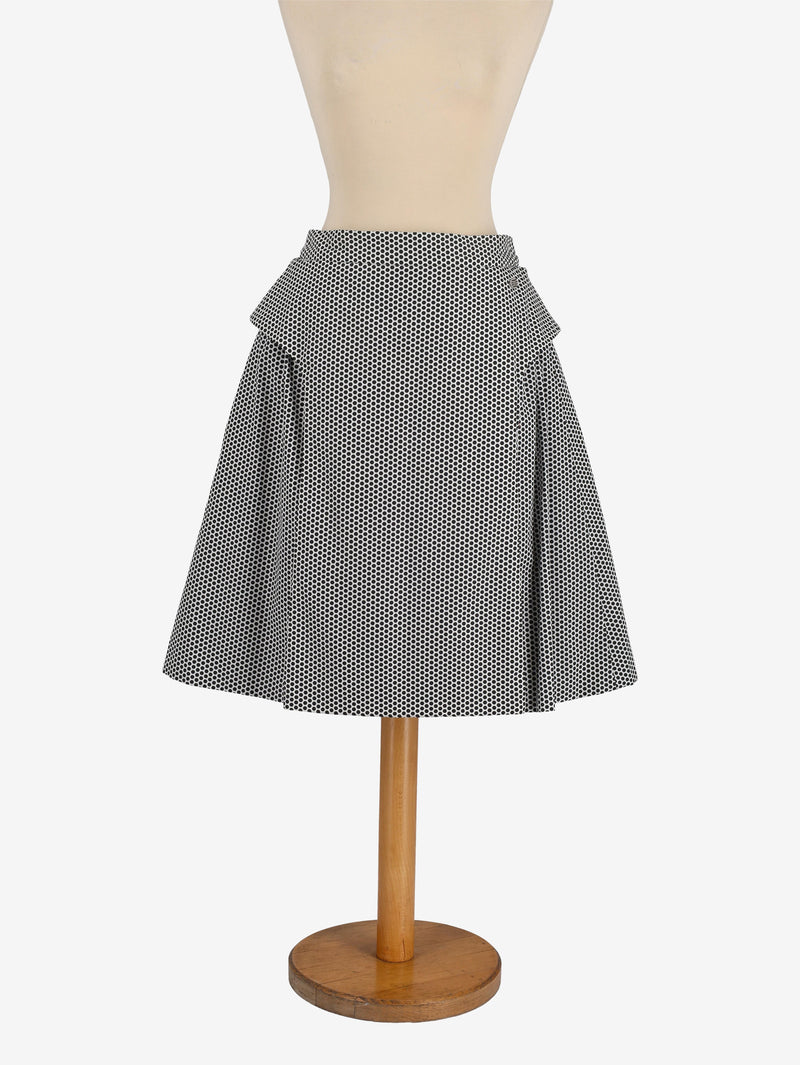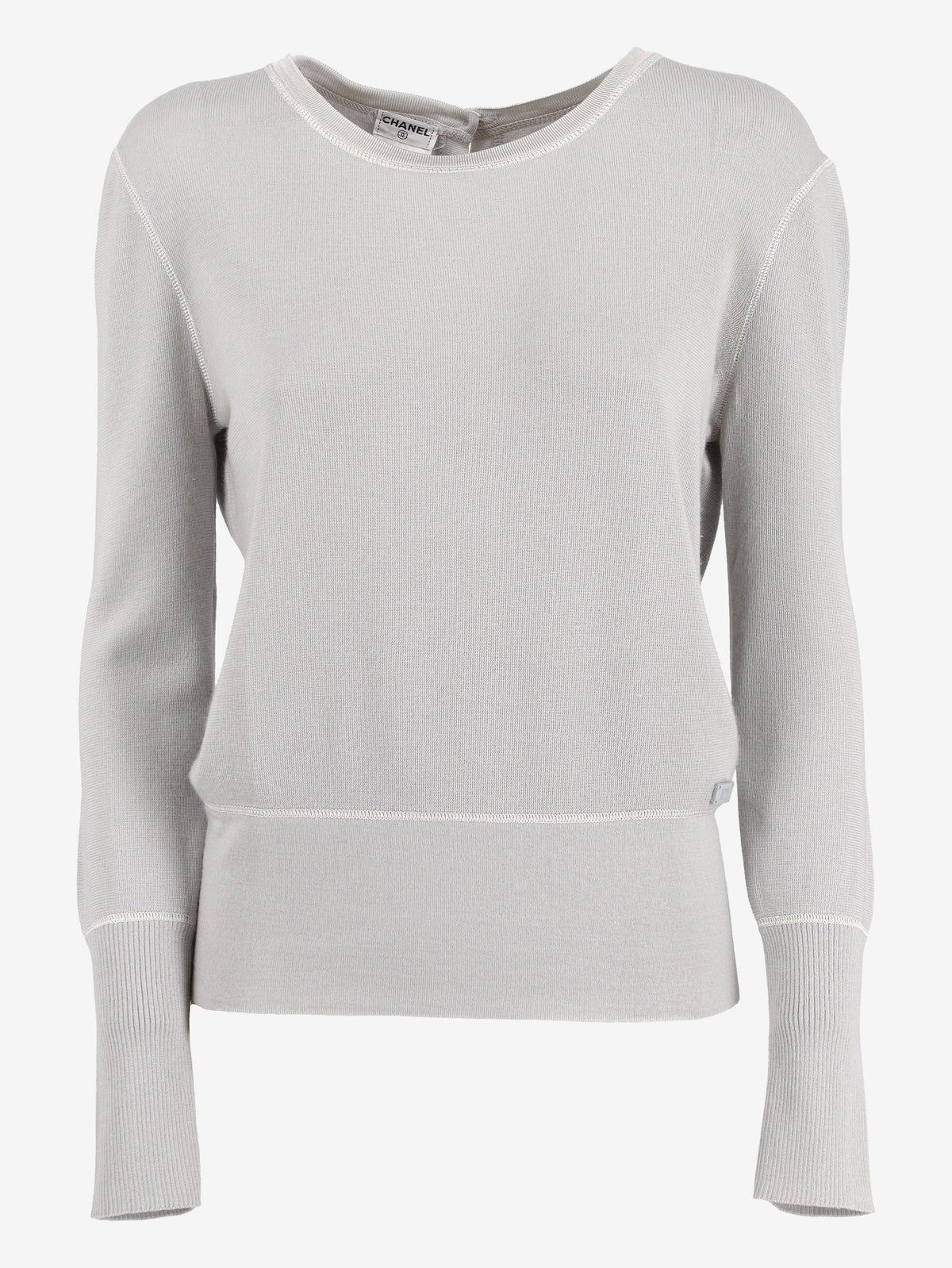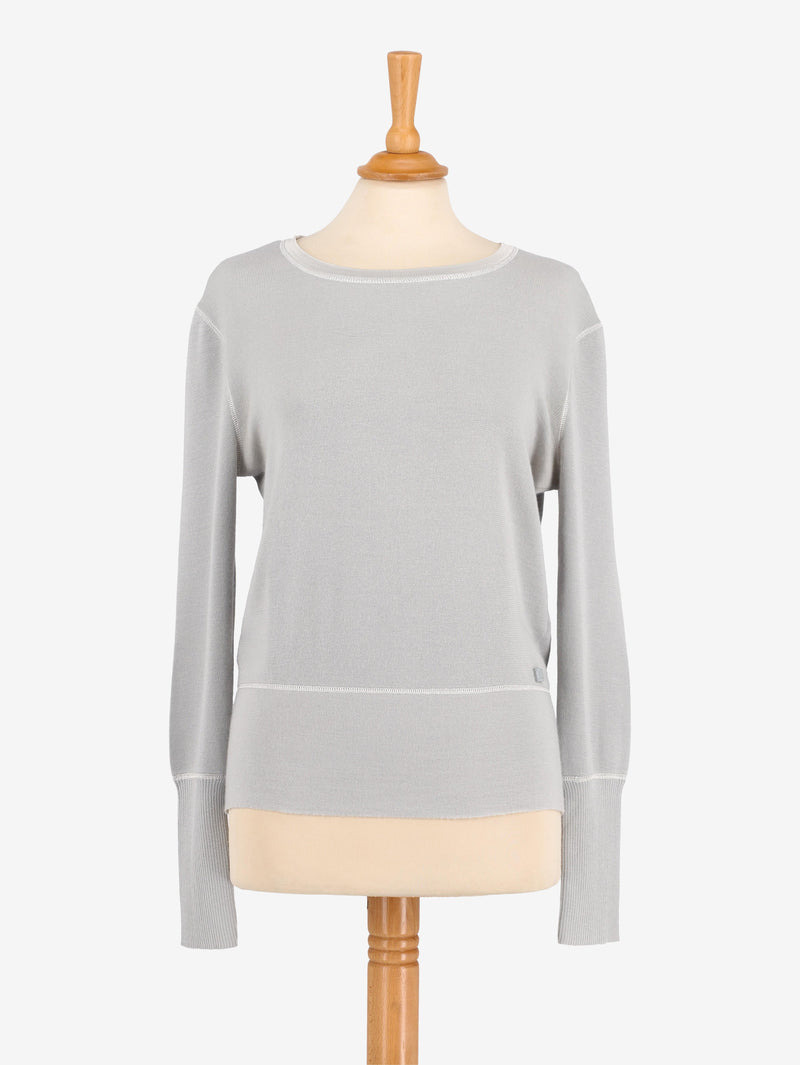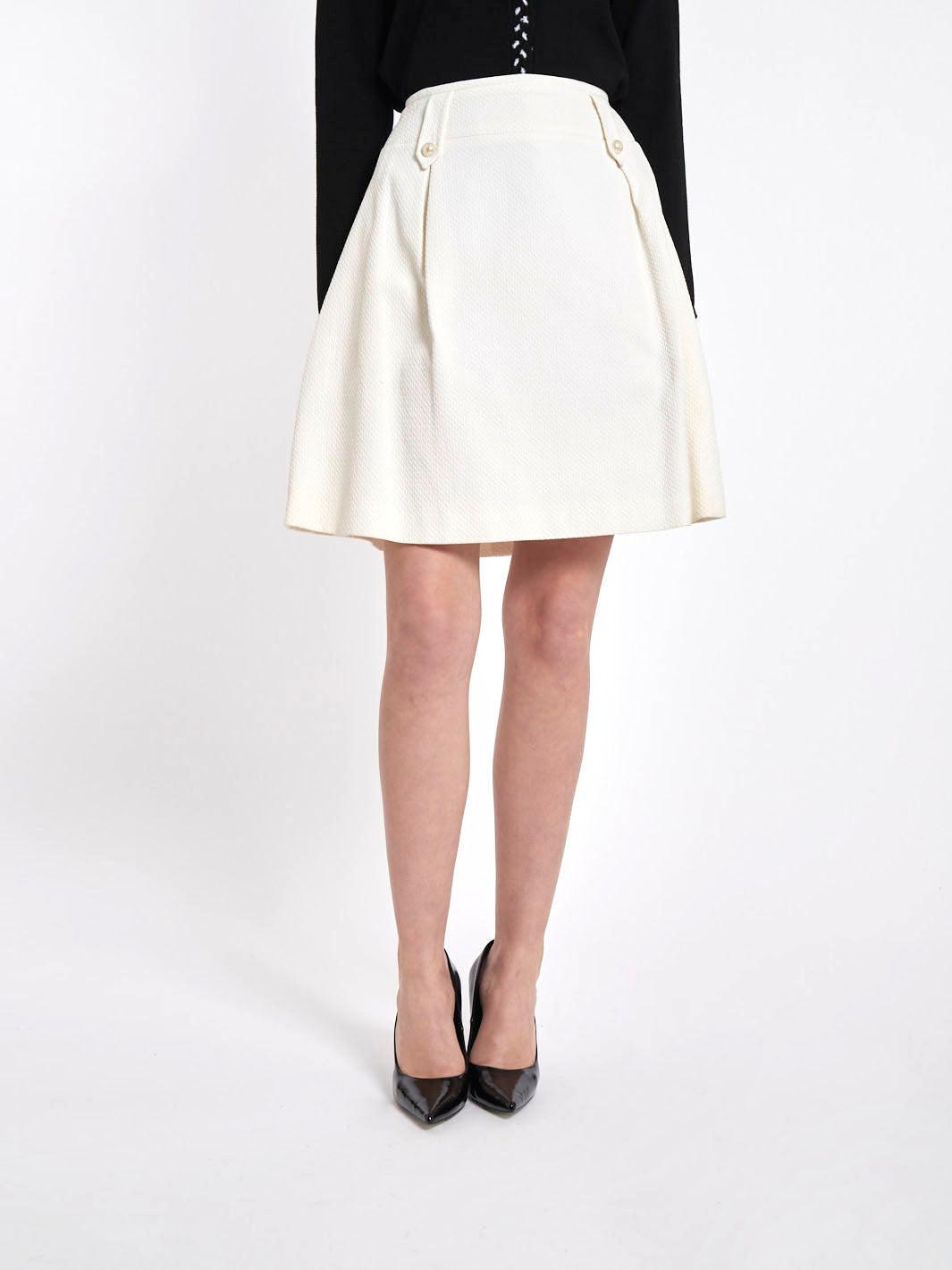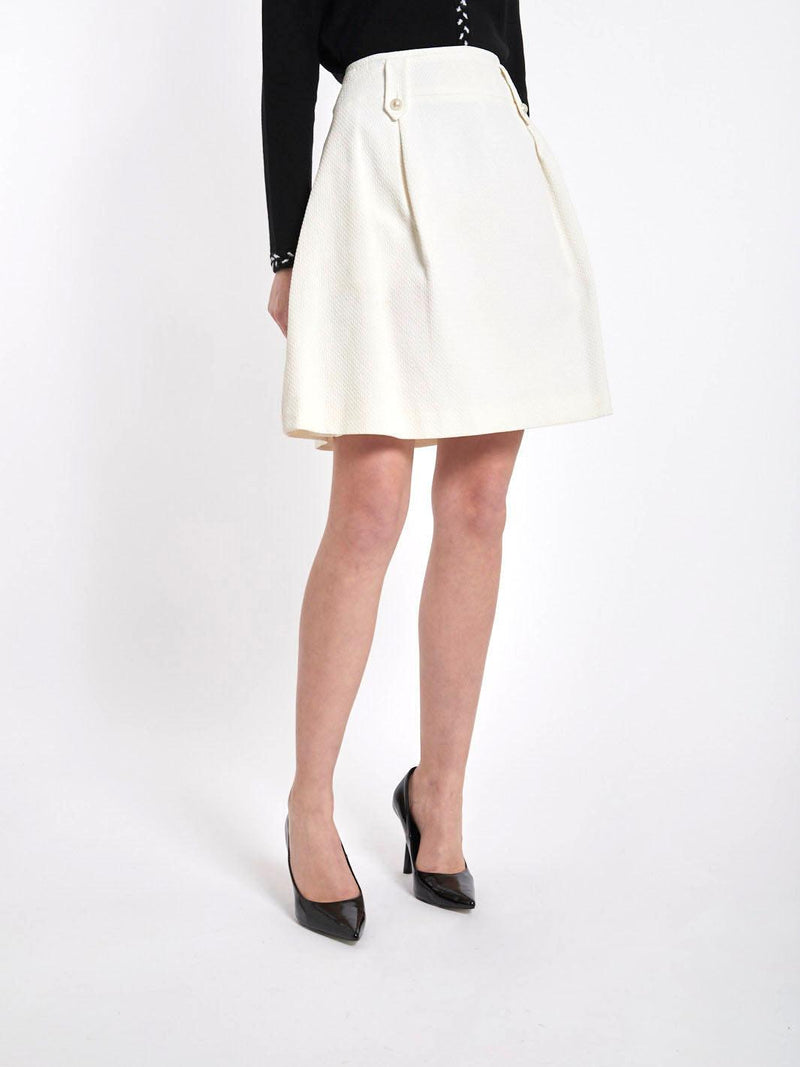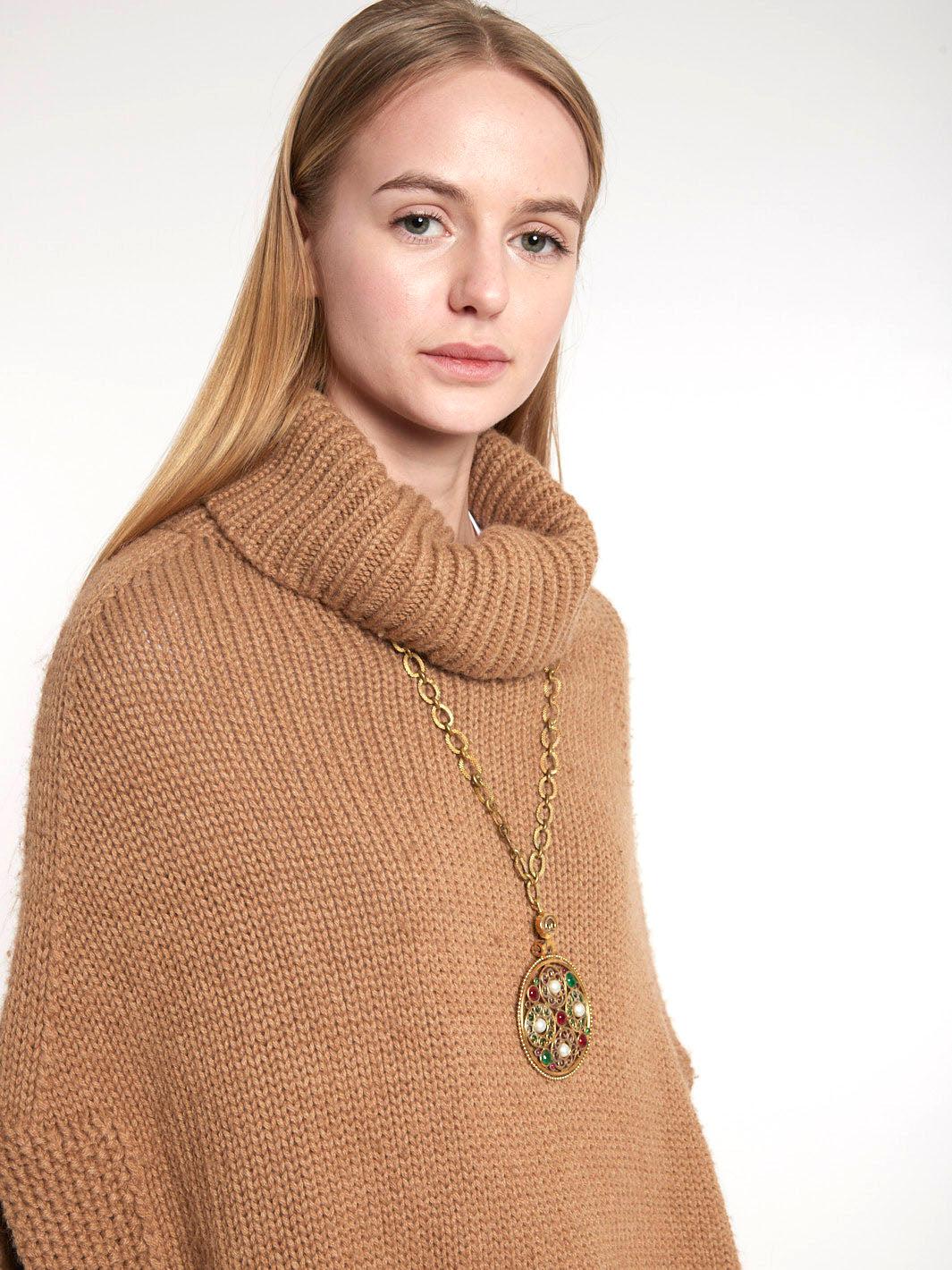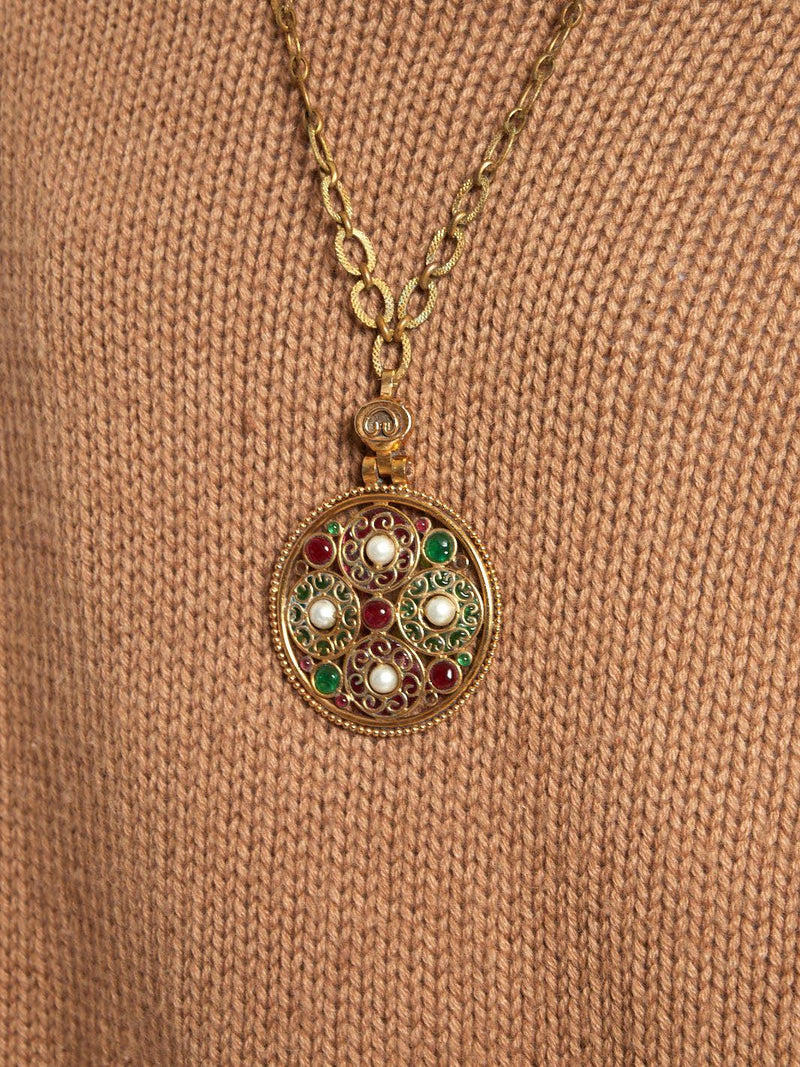CHANEL IN THE HISTORY OF FASHION
Year after year, decade after decade, maison Chanel writes the history of fashion. Always the same and yet always different, the brand's iconic pieces have made women all over the world dream, and continue to do so. Symbols of a femininity that is resolute, independent, unconventional and refined at the same time. The 1926 Petite Robe Noire, also known as Little Black Dress, the pearls, the tweed suit, the sailor-style knit also known as Breton, the two-tone sandals, the 1955 legendary 2.55 bag with its typical quilted finish - still today the most desired shoulder bag in the world - the white camellia pinned to the jacket, the Garçonne cut....
Fashion wouldn't be what it is today if there hadn't been Coco Chanel. And perhaps neither would women. Today, owning a vintage Chanel piece means owning a piece of fashion history. Her clothes, her jewelry and especially her handbags are among the most sought after collectors’ items.
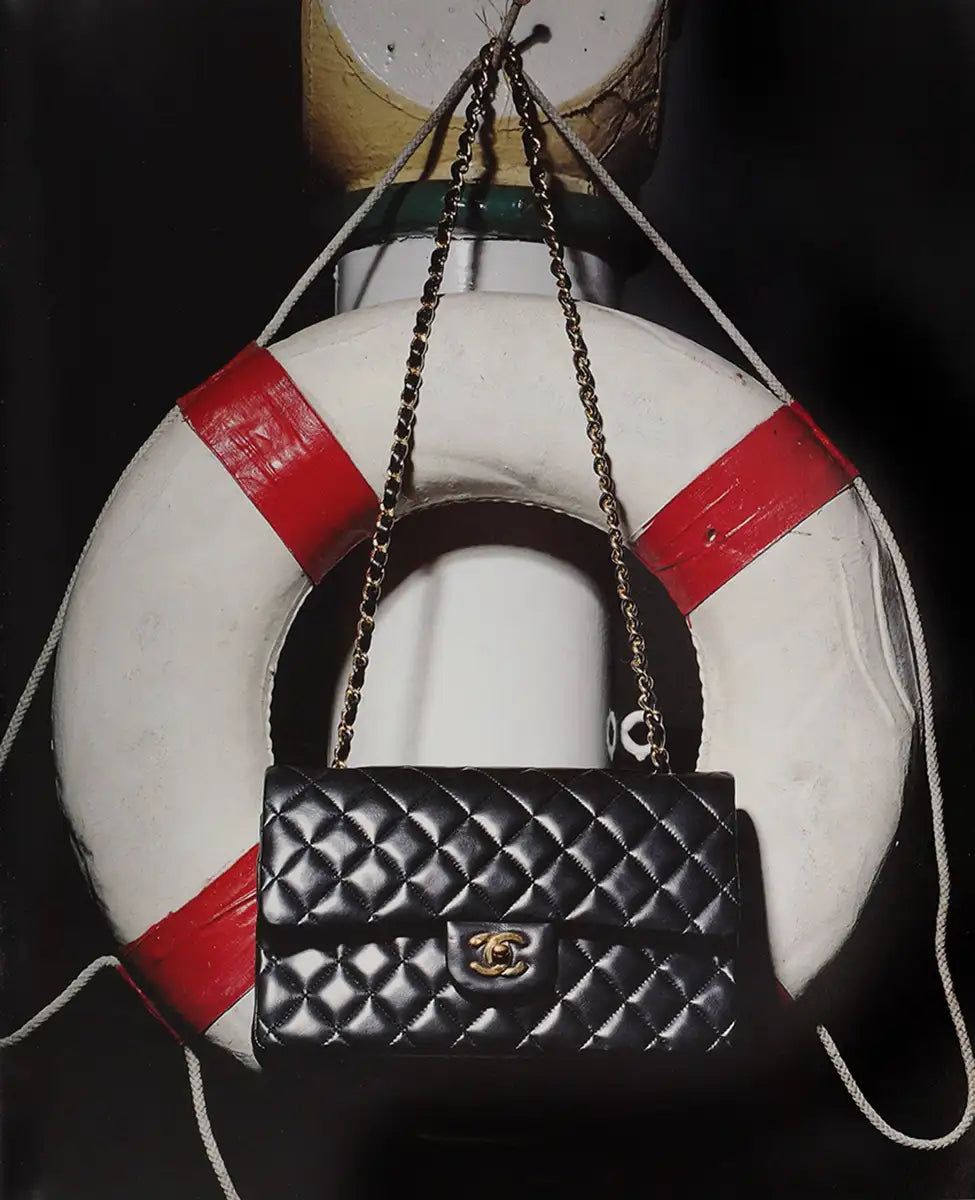
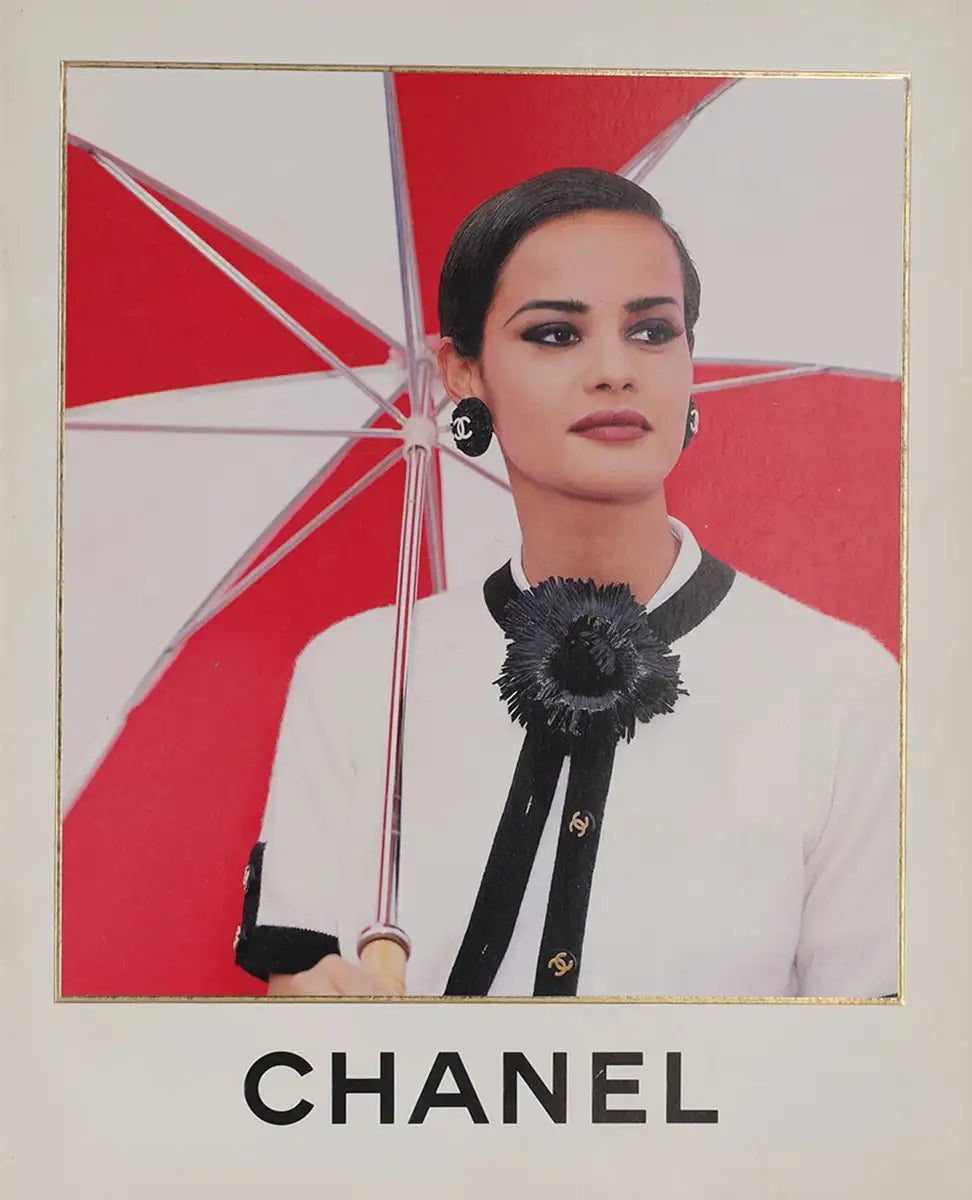
COCO AVANT CHANEL
Gabrielle Bonheur Chanel was born in a poorhouse in the Loire region of France, on August 19, 1883. Entrusted to the care of the nuns of the Aubazine orphanage, she learned the art of sewing by using old religious garments to make clothes for dolls. It is the nuns' clothes that instill in Modemoiselle a love for black and white and a certain taste for austerity.
At the age of 18, Gabrielle found a job as a saleswoman in a large knitwear store where she was also responsible for mending garments, and thus developed her interest in tailoring. To supplement her salary, she and her sister performed as singers in Paris clubs. In one of these clubs she met Etienne de Balsan, who fell in love with her and became her first financier by helping her to open her own atelier.
It's 1909 and Gabrielle Bonheur becomes Coco, a nickname taken from a - vaguely lusty - song that she performed in the smoky nightclubs of Paris at the beginning of the century. The following year, with the help of the great love of her life, Boy Capel, Coco Chanel opened her Parisian boutique at 31 Rue Cambon; this is still the headquarters of the fashion house today. It is here that the first fashion shows in history were held, at the time only for a very restricted circle of clients.
CHANEL AND THE MODERN WOMAN
At the end of the First World War, Coco cleansed women's clothing from the retro frivolities of the Belle Époque, eliminating constraints and superfluous frills. A new model of woman was born, dynamic, independent and hard-working: the Garçonne. To Mademoiselle, women's fashion owes liberation from the corset, the use of pants, the love for practicality, and sobriety as a synonym of elegance.
Chanel transformed sportswear into couture, convinced that "luxury must be comfortable, otherwise it's not luxury" and laying the foundation for contemporary athleisure. She abandons pastel colors in favor of black and white, she exploits the full potential of monochrome and simplicity, she draws heavily from the male wardrobe and creates versatile garments to be used on any occasion. She never defined herself as a feminist, but her garments have dressed the beginnings and the developments of the feminist movement.
In 1921, Coco Chanel bottled the essence of the Twenties: by mixing musk and jasmine, until then only used by courtesans, with innovative synthetic fragrances, she created the first Chanel perfume, Chanel N.5.
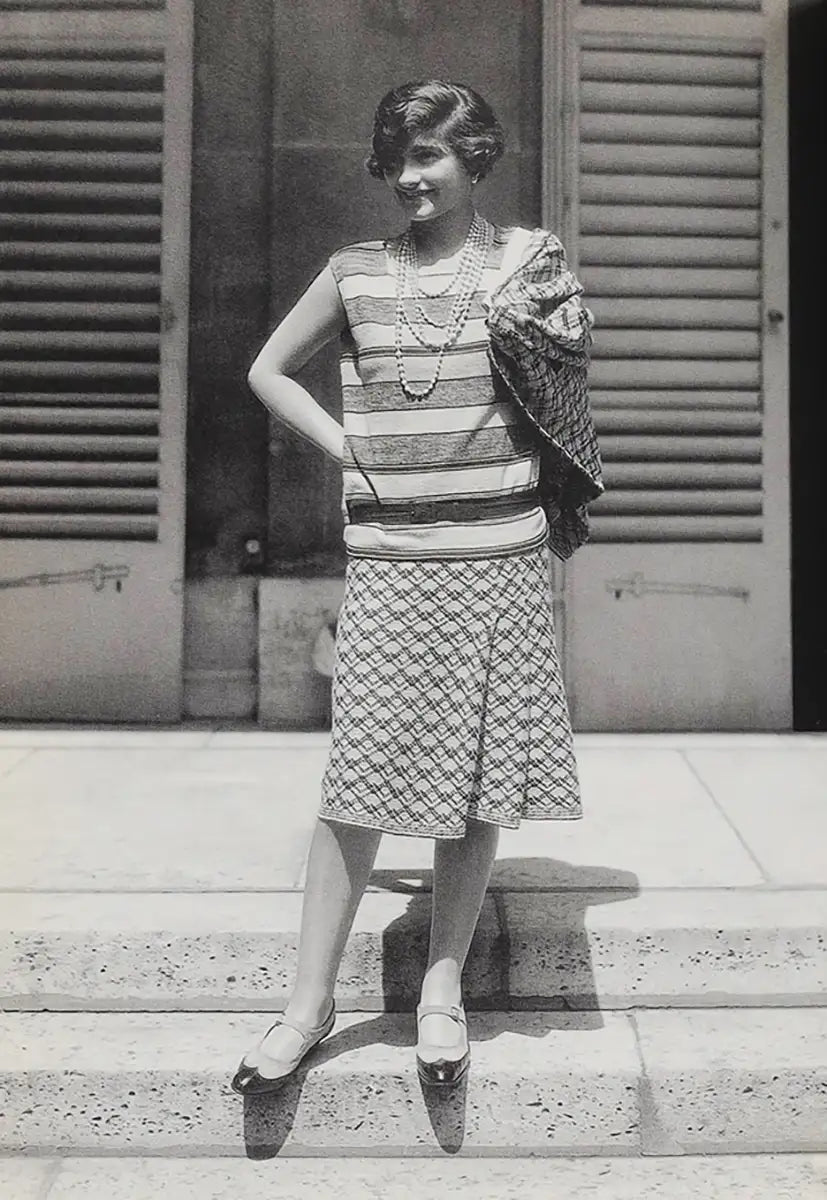
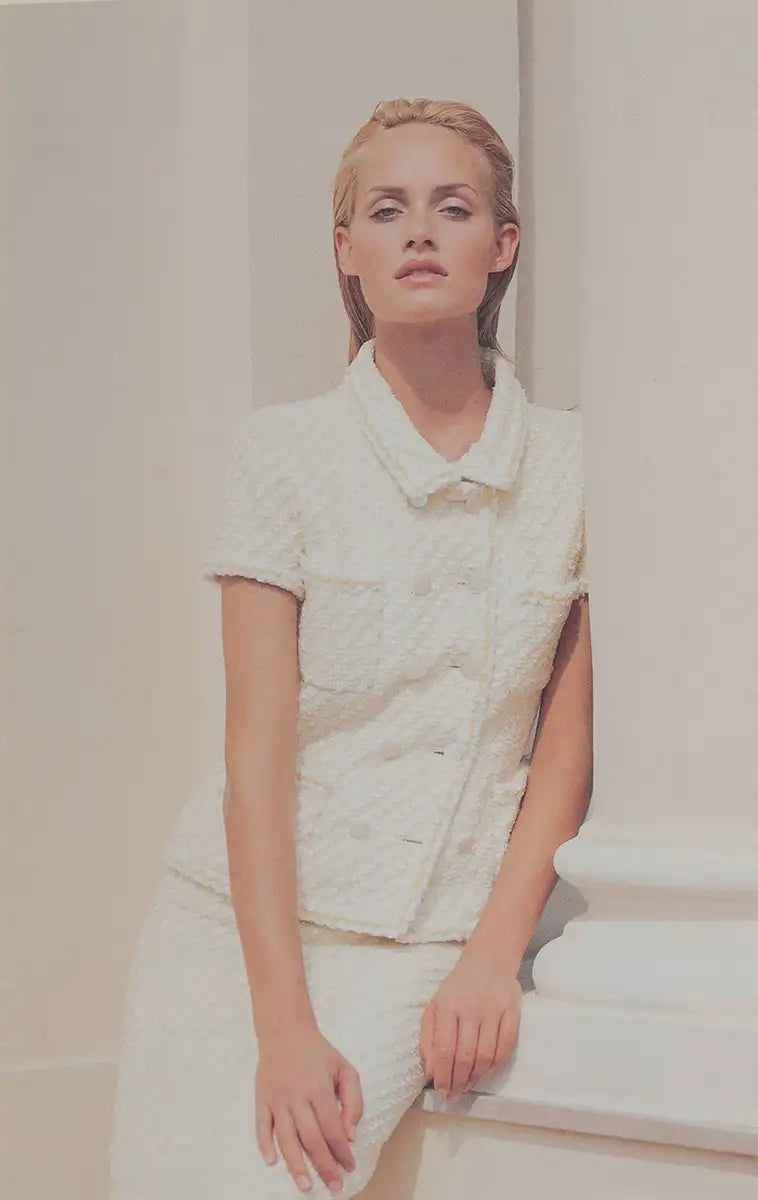
CHANEL TODAY
Gabrielle Bonheur Chanel died at the age of 87, on January 10, 1971, in a room at the Ritz Hotel.
In 1983, the Chanel maison was entrusted to Karl Lagerfeld who preserved its style by interpreting it in a modern way. Since 2019, it has been under the direction of Virginie Viard.
Chanel Bouclè Dress
- Regular Price
- £1,964.00
- Sale Price
- £1,964.00
- Regular Price
-
- Unit Price
- Translation missing: en.general.accessibility.unit_price_separator
Chanel Black Long Dress
- Regular Price
- £2,143.00
- Sale Price
- £2,143.00
- Regular Price
-
- Unit Price
- Translation missing: en.general.accessibility.unit_price_separator
Chanel Leather Ballerina Shoes
- Regular Price
- £536.00
- Sale Price
- £536.00
- Regular Price
-
- Unit Price
- Translation missing: en.general.accessibility.unit_price_separator
Chanel Multicolour Pearls Necklace
- Regular Price
- £1,527.00
- Sale Price
- £1,527.00
- Regular Price
-
£1,696.00
- Unit Price
- Translation missing: en.general.accessibility.unit_price_separator
Chanel Logo Silver Coin Earrings
- Regular Price
- £438.00
- Sale Price
- £438.00
- Regular Price
-
- Unit Price
- Translation missing: en.general.accessibility.unit_price_separator
Chanel Polka Dot Midi Skirt
- Regular Price
- £893.00
- Sale Price
- £893.00
- Regular Price
-
- Unit Price
- Translation missing: en.general.accessibility.unit_price_separator
Chanel Cashemere Sweater
- Regular Price
- £715.00
- Sale Price
- £715.00
- Regular Price
-
- Unit Price
- Translation missing: en.general.accessibility.unit_price_separator
Y2K cream-coloured Chanel over-the-knee skirt
- Regular Price
- £491.00
- Sale Price
- £491.00
- Regular Price
-
- Unit Price
- Translation missing: en.general.accessibility.unit_price_separator
1960s Chanel glass paste medallion with pearls and long golden chain
- Regular Price
- £1,768.00
- Sale Price
- £1,768.00
- Regular Price
-
- Unit Price
- Translation missing: en.general.accessibility.unit_price_separator

